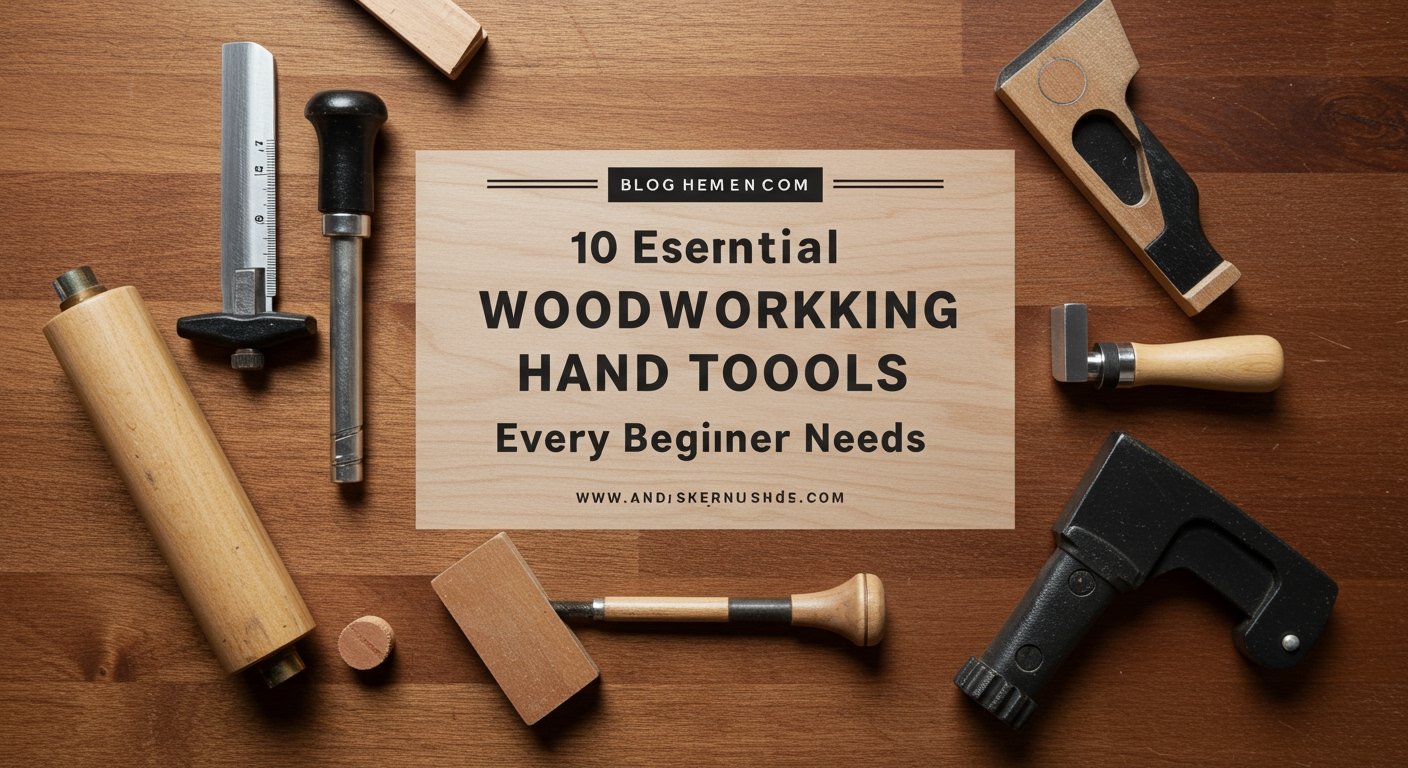Welcome to the rewarding world of woodworking! For many, the idea of crafting beautiful, functional items from wood can seem daunting, especially when faced with an overwhelming array of tools. But fear not – you don’t need a fully equipped workshop to begin. In fact, some of the most satisfying woodworking can be achieved with just a few fundamental woodworking hand tools for beginners.
There’s a growing appreciation for traditional woodworking methods, with a significant increase in hobbyists turning to manual skills over power tools. This resurgence highlights a rising appreciation for craftsmanship and the unique connection to materials that hand tools provide. This trend is reflected in the market: the global hand tools and woodworking tools market, valued at USD 9.09 billion in 2023, is projected to reach USD 13.51 billion by 2032, driven partly by increased adoption of home improvement and DIY projects, especially among younger consumers.
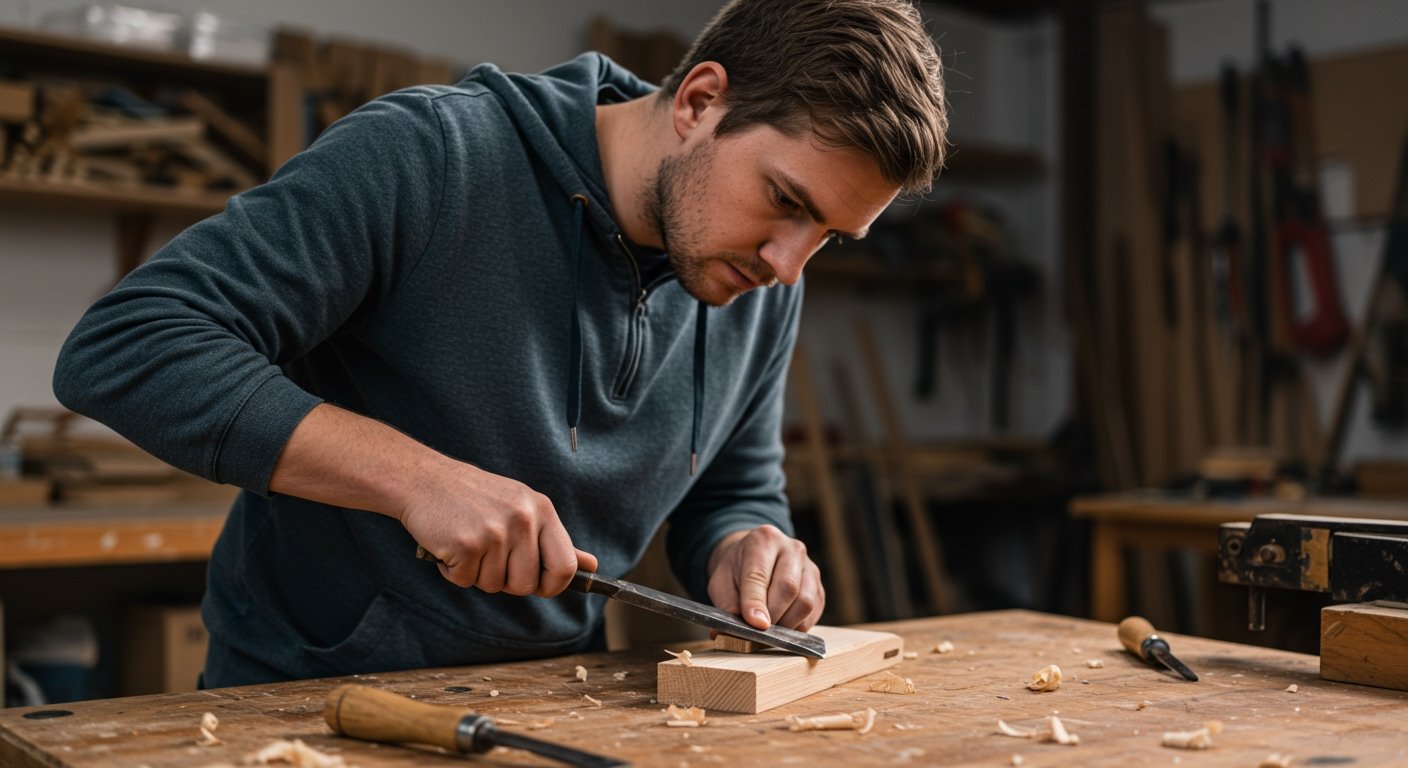
Why Choose Hand Tools for Woodworking?
While power tools offer speed and efficiency, starting woodworking with hand tools provides numerous advantages, particularly for beginners. They are often quieter, produce less dust, and offer a heightened sense of control and precision. Learning to master hand tools also builds a deeper understanding of wood grain and how to work with it effectively. This approach taps into a rich history of craftsmanship; hand tools have been used by humans since the Stone Age, evolving from stone to bronze and then iron, with Romans developing tools similar to those still produced today. [1] The woodworking plane market, a significant segment within the broader woodworking tools industry, is estimated to have a global market value of around $500 million in 2025 and is projected to grow at a CAGR of 4%, driven by this very resurgence in handcrafted furniture and woodworking as a hobby.
What are the Most Essential Hand Tools for a Beginner Woodworker?
When you’re first learning how to start woodworking with hand tools, the sheer volume of options can be overwhelming. But to answer the question, “What woodworking tools should a beginner buy first?” – you need a solid foundation of basic hand tools for woodworking. This selection focuses on versatility, fundamental functions, and ease of learning. For more in-depth advice on choosing, check out our guide on how to choose your first set of woodworking hand tools. Here’s a woodworking tools list for beginners, focusing on essential hand tools for woodworkers that will get you started on almost any hand tool woodworking projects.
10 Essential Woodworking Hand Tools Every Beginner Needs:
1. Measuring Tape & Ruler
Accuracy is paramount in woodworking. A reliable measuring tape (typically 12-25 feet) is crucial for large dimensions, while a sturdy steel ruler (6-12 inches) provides precision for smaller marks and setting tools. These are arguably the most fundamental of all starting woodworking hand tools.
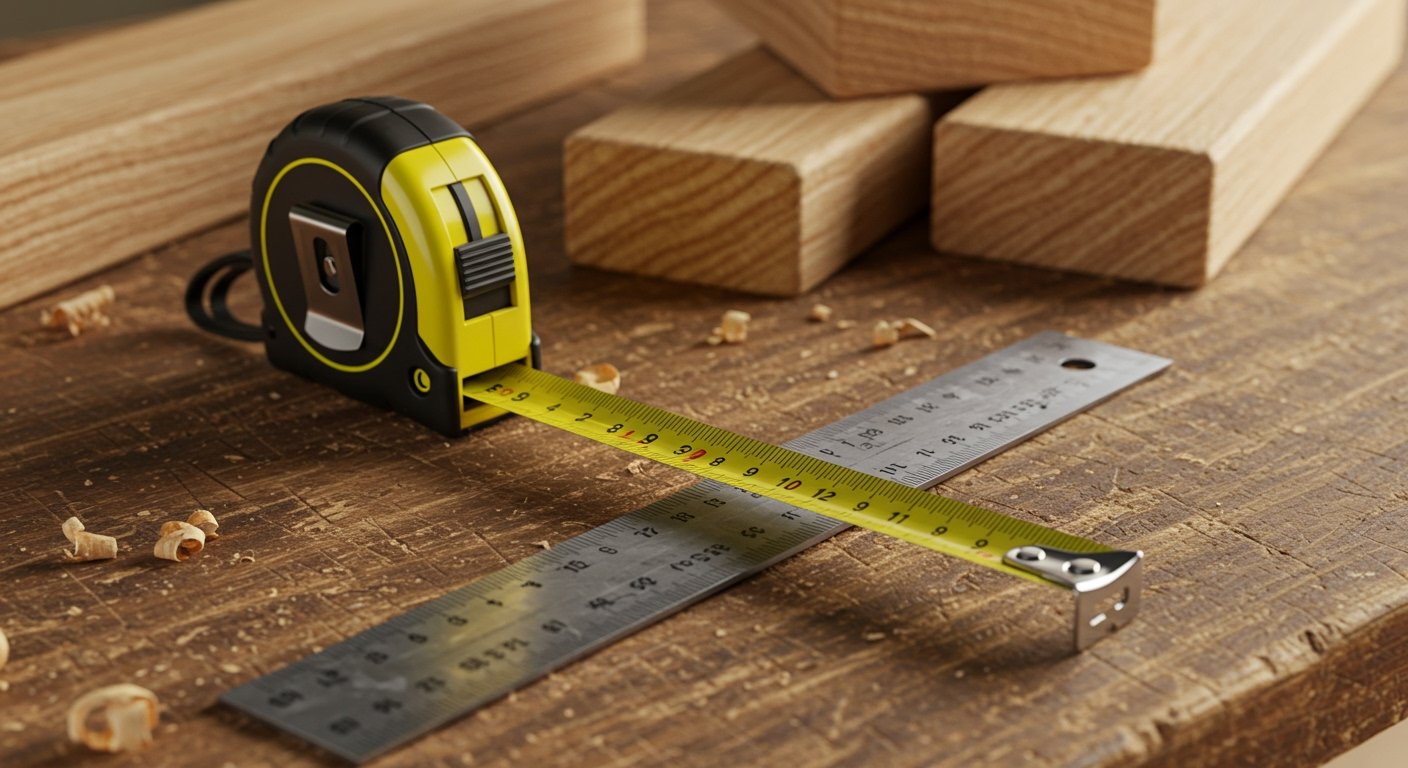
2. Combination Square
More than just a square, this versatile tool features a ruler with an adjustable head that can be set to 90 and 45 degrees. It’s indispensable for marking square lines across boards, checking for squareness, setting depths, and even as a marking gauge. It’s a true multi-tasker among beginner woodworking tool recommendations.
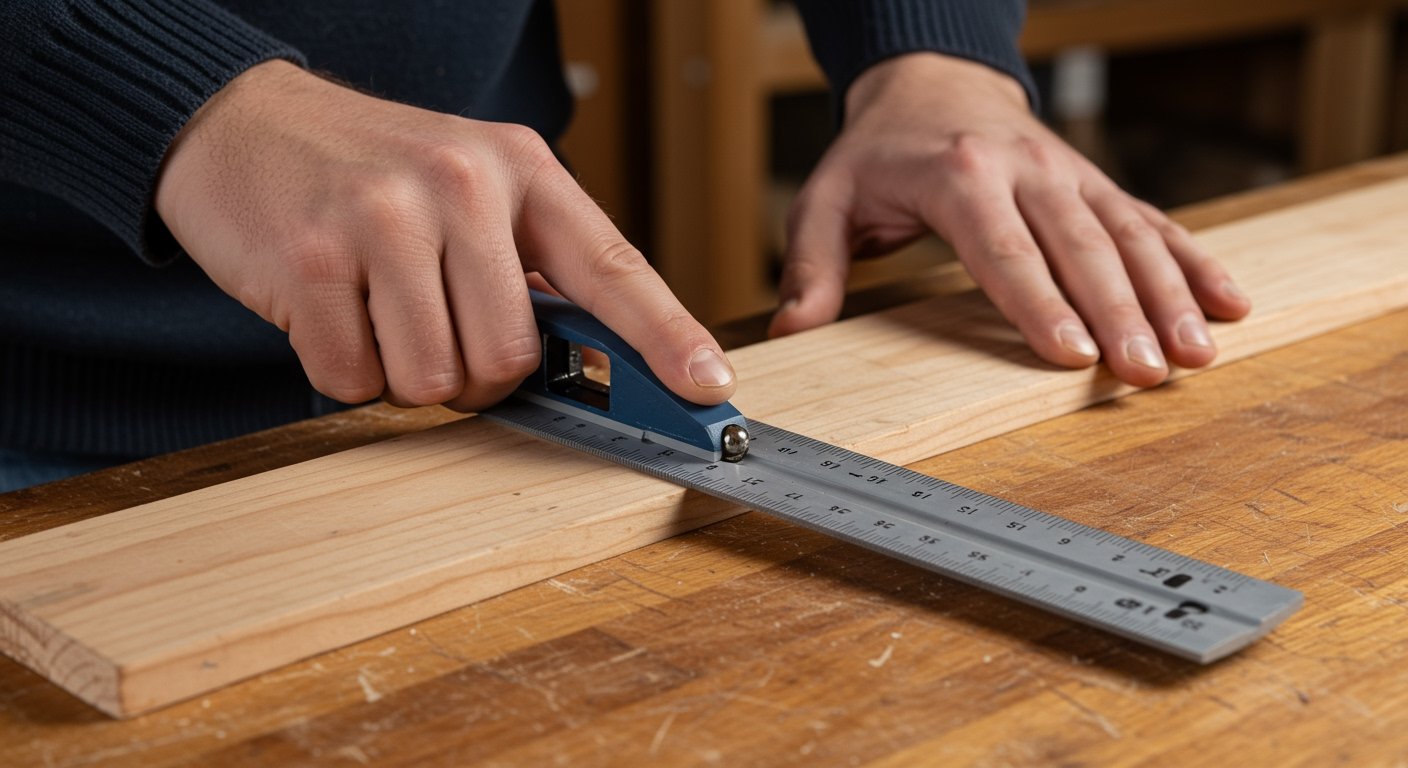
3. Marking Knife & Pencil
While a pencil is good for rough cuts, a sharp marking knife creates a fine, crisp line that guides your saw or chisel precisely, preventing tear-out. This tiny detail makes a huge difference in the accuracy and cleanliness of your joints, making it a must-have woodworking tool for precision work.

4. Hand Saw (Panel Saw)
For general cutting tasks, a good quality panel saw (a common type of hand saw) is a foundational tool. Look for one with a comfortable handle and a blade that’s sharpened for both cross-cutting (across the grain) and ripping (with the grain), or consider a dedicated crosscut saw and a rip saw if your budget allows. This is one of the core traditional woodworking hand tools.
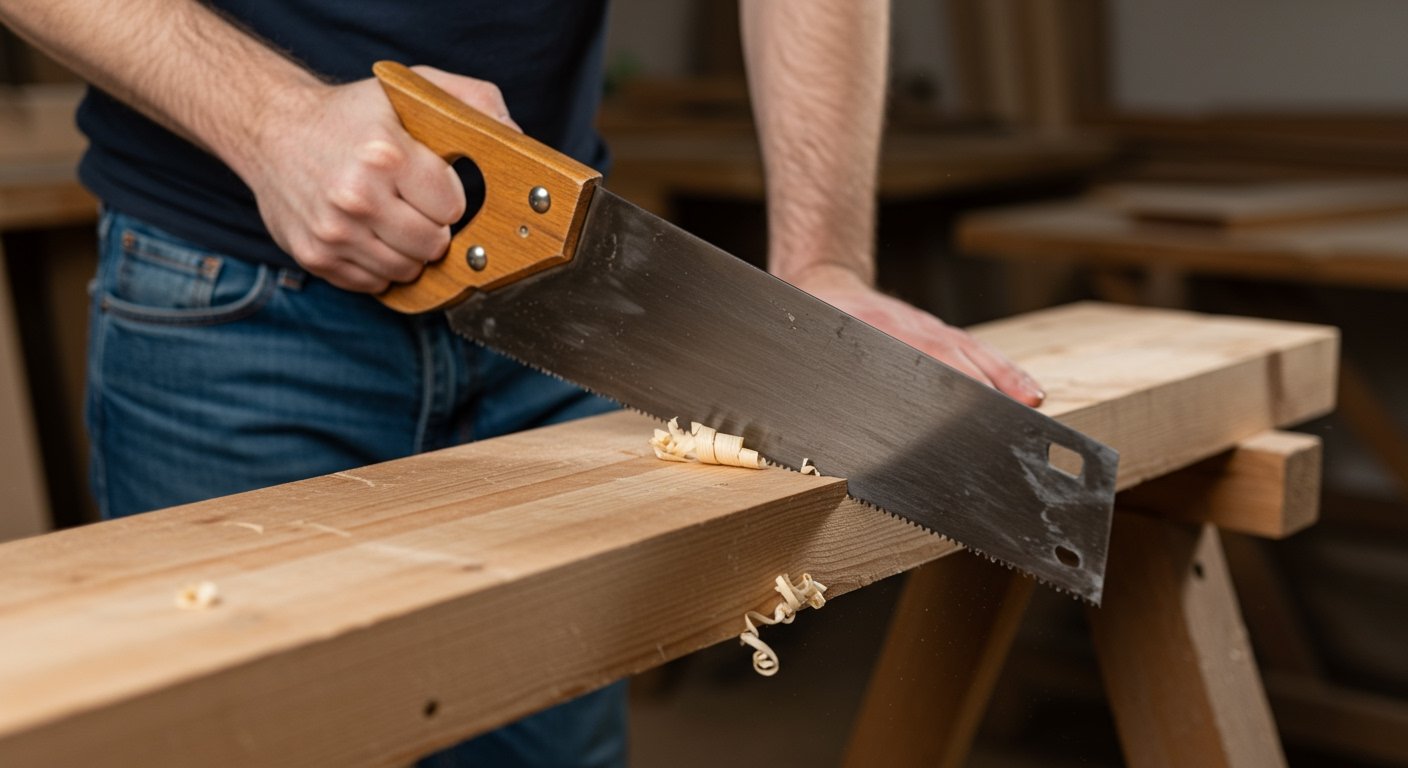
5. Chisels (Beginner Set)
A small set of good quality bevel-edge chisels (e.g., 1/4″, 1/2″, 3/4″, 1″) is essential for cleaning out joints, paring, and shaping wood. Sharp chisels are safer and more effective than dull ones, so prioritize quality and learn to sharpen them from the start. Chisels are ancient tools, used by Bronze Age carpenters. [7]
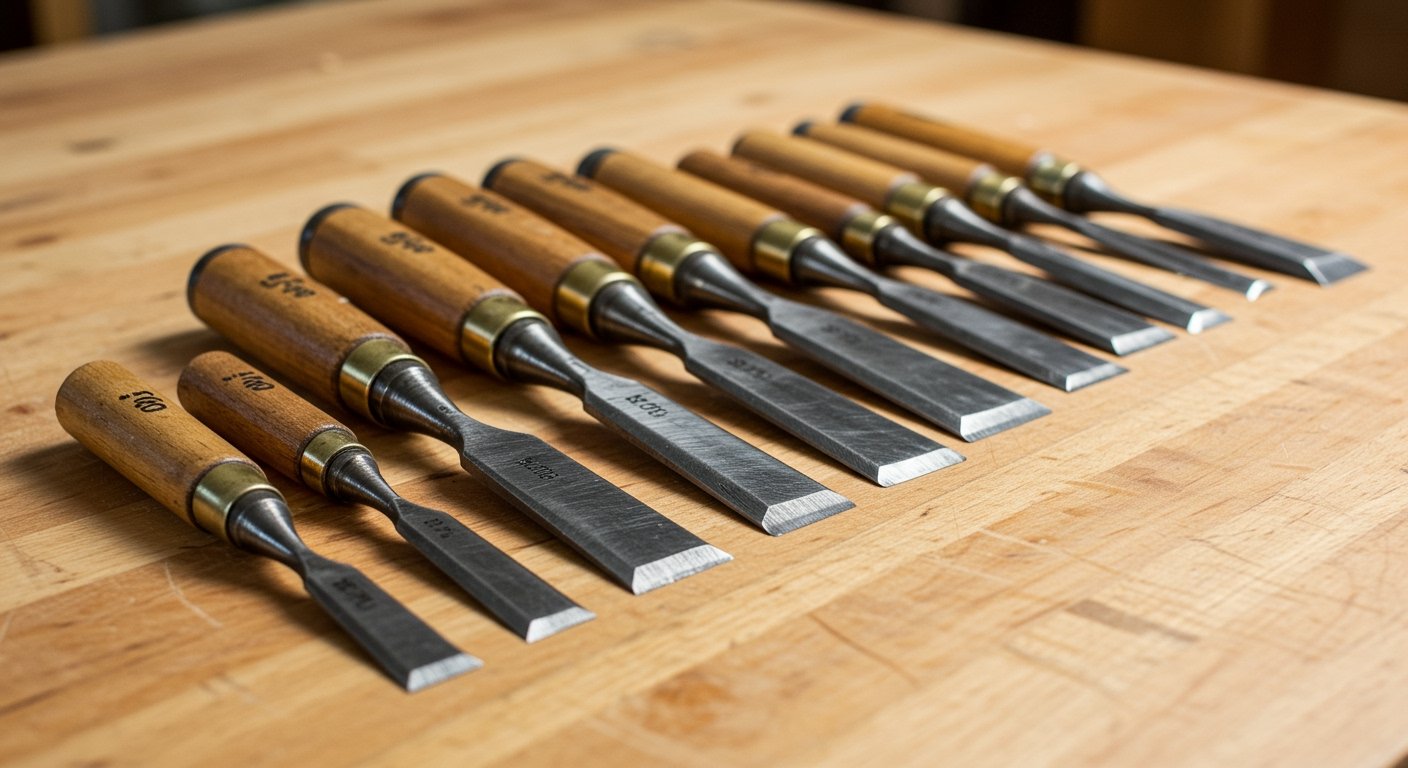
6. Bench Plane
A bench plane, such as a No. 4 or No. 5, is invaluable for flattening boards, squaring edges, and bringing surfaces to a smooth finish. It’s one of the most satisfying tools to master, allowing you to achieve incredibly flat and smooth surfaces without sandpaper. The wood plane was considered a major advance in woodworking tools by Romans. [7]

7. Block Plane
Smaller than a bench plane, a block plane is perfect for chamfering edges, trimming end grain, and small, precise paring tasks. Its compact size makes it comfortable for one-handed use, making it an excellent addition to any beginner woodworking tool kit.

8. Mallet / Hammer
A wooden mallet is ideal for striking chisels without damaging their handles, providing controlled force. A claw hammer, on the other hand, is necessary for driving nails (if your project requires them) and for light assembly work. Hammers have been a critical tool for millennia. [4]
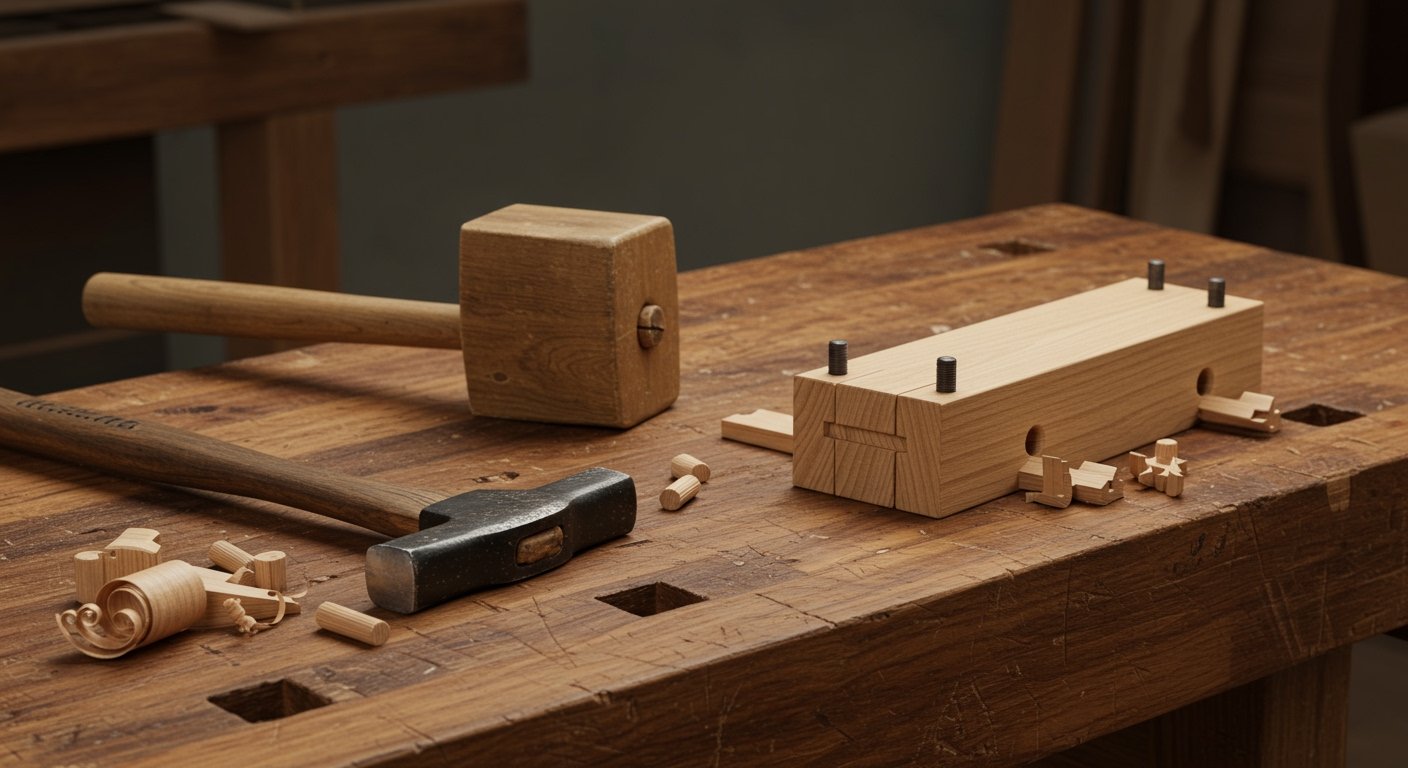
9. Clamps
You can never have enough clamps! From holding pieces while glue dries to securing work for sawing or chiseling, clamps are absolutely essential for safe and accurate woodworking. Start with a few F-style clamps or parallel clamps. For more details, see our guide on the best woodworking clamps every project.
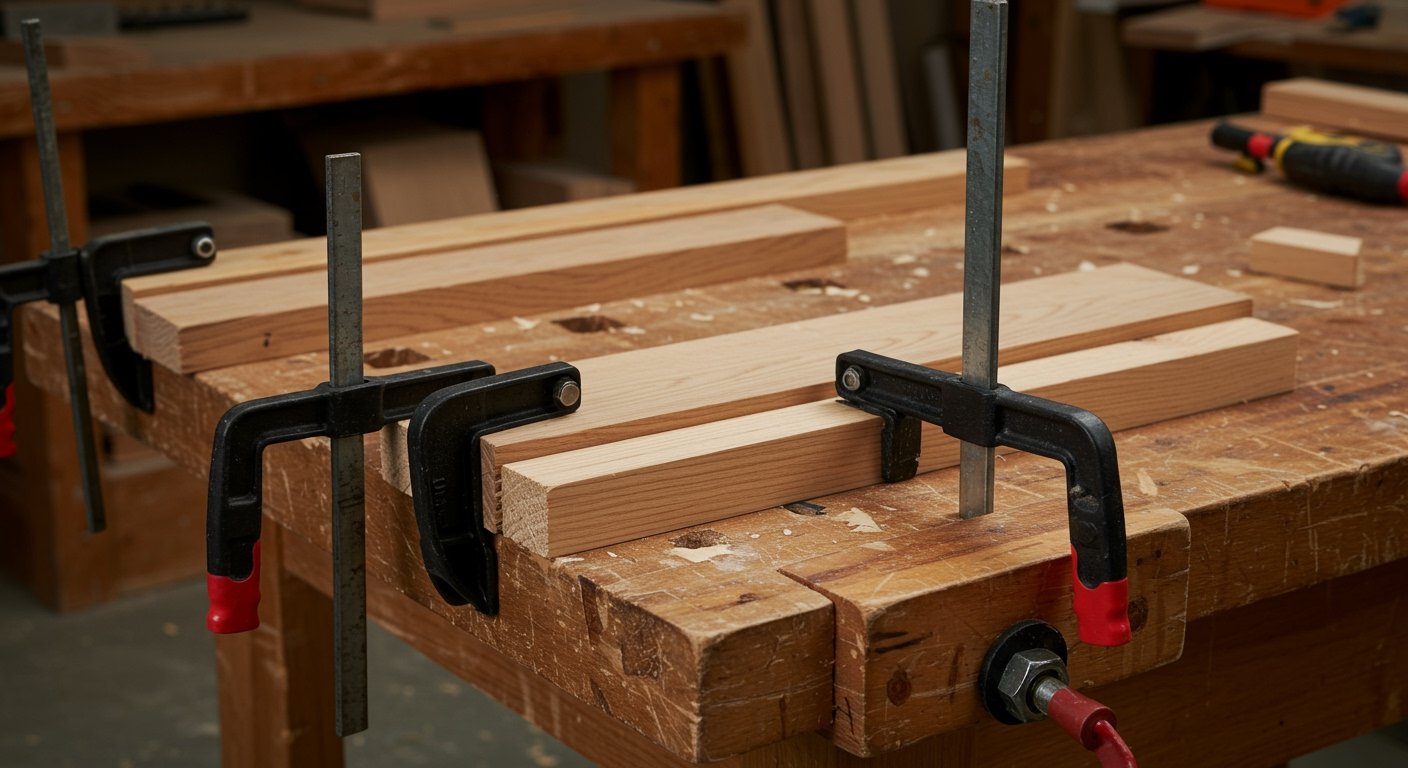
10. Sharpening Stone/System
This might be the most overlooked yet critical item on the list. A sharp tool is a safe tool, and it performs infinitely better. Investing in a basic sharpening stone (like a dual-grit waterstone or oilstone) or a guided sharpening system is non-negotiable for anyone serious about traditional woodworking hand tools. Dull tools cause frustration and can lead to accidents. Learning basic sharpening techniques is a foundational skill for maintaining your essential hand tools for woodworkers.

Building Your Beginner Woodworking Tool Kit: Where to Start?
To answer “What basic hand tools do I need to start woodworking?”, the key is to start small and acquire tools as your skills and projects demand them. You don’t need to buy all ten tools at once. Focus on quality over quantity for your initial purchases. A good tape measure, square, marking knife, and one quality hand saw and chisel can get you started on many simple projects. Then, as you gain experience, you can gradually expand your collection. Consider what hand tools do you need for woodworking based on the type of projects you envision tackling. For more essential tool ideas beyond hand tools, check out 10 essential woodworking tools beginners.

What Are the Cheapest Hand Tools for Woodworking?
While some hand tools can be an investment, many affordable woodworking hand tools are available. You can find decent quality measuring tapes, pencils, rulers, and even basic clamp sets without breaking the bank. For cutting, a solid general-purpose handsaw can be relatively inexpensive. When it comes to chisels and planes, the cost can vary widely, but often a good used tool can be a fantastic, budget-friendly option, provided it’s in good condition and can be sharpened. Remember, a very cheap tool that doesn’t hold an edge or is uncomfortable to use can quickly lead to frustration and poor results, so always aim for the best quality you can reasonably afford, even if it means buying fewer tools initially. Prioritize the tools that will see the most immediate use in your initial woodworking hand tool setup.
Safety First: Always Use Hand Tools Responsibly
Even with hand tools, safety is paramount. Always ensure your tools are sharp, your workpiece is securely clamped, and you understand the correct technique before making a cut or a strike. Wearing appropriate personal protective equipment (PPE), like safety glasses, is always a good practice. The Occupational Safety and Health Administration (OSHA) provides standards and resources for woodworking safety, emphasizing the importance of proper safeguards and practices. [8]
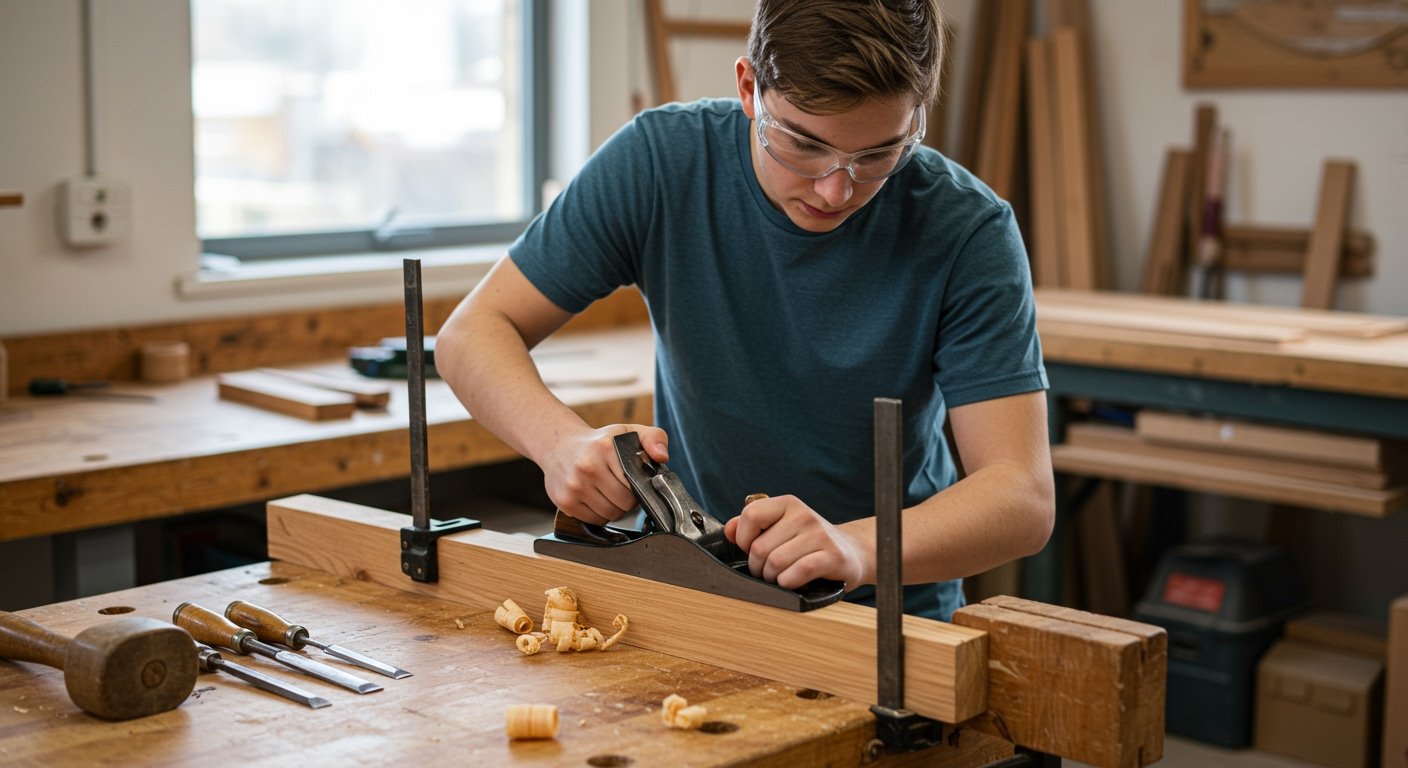
Conclusion
Embarking on your woodworking journey with a carefully selected set of essential woodworking hand tools for beginners is a rewarding path. These ten tools form a robust foundation, enabling you to learn fundamental techniques, develop precision, and connect with the material in a deeply satisfying way. Remember that patience and practice are your most valuable assets. With these beginner woodworking tool recommendations, you’re well-equipped to turn raw lumber into beautiful, handcrafted creations. Enjoy the process of learning and growing your woodworking hand tool setup, one project at a time!
Key Takeaways
- Starting woodworking with hand tools is a rewarding and accessible approach for beginners.
- The global hand tools and woodworking market is growing, fueled by increasing interest in DIY and traditional craftsmanship.
- Focus on acquiring a core set of versatile, high-quality hand tools rather than many cheap ones.
- Essential tools include measuring and marking tools, saws, chisels, planes, striking tools, clamps, and a sharpening system.
- Learning to properly sharpen and maintain your tools is crucial for safety and effectiveness.
- Always prioritize safety by using sharp tools, securing your workpiece, and wearing appropriate PPE.
